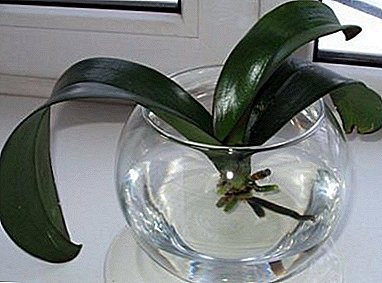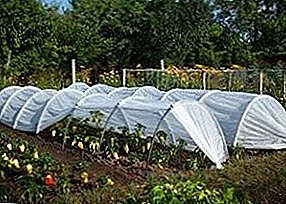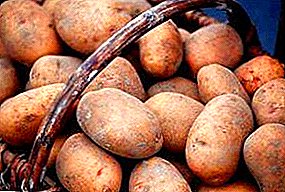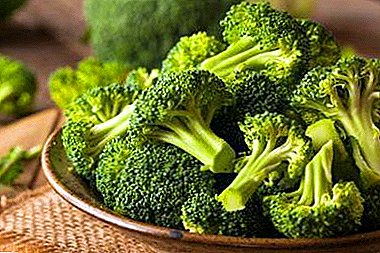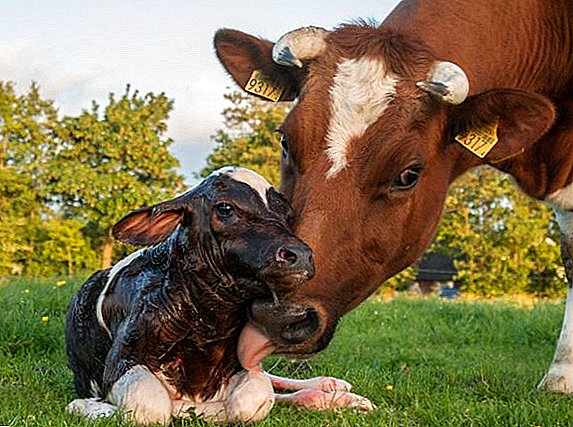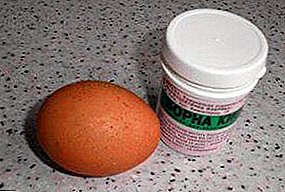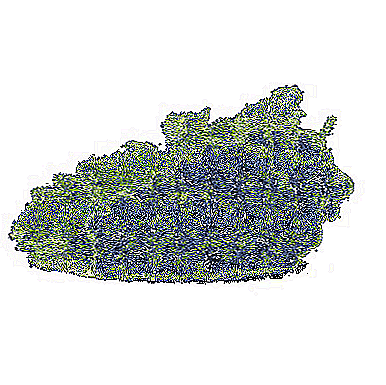
The fruits of Isabella grapes have a savory strawberry flavor, and the vines are consistently pleased good harvests even on poor soils.
Sort unpretentious in the care, but requires a sufficient amount of moisture in the soil throughout the warm period.
What kind is it?
 "Isabella" - technical, late ripening undisguised grape variety, suitable for fresh consumption, but more often used as a raw material for the production of juices, light table wines. In private farms it is used for making jam, jam, compote.
"Isabella" - technical, late ripening undisguised grape variety, suitable for fresh consumption, but more often used as a raw material for the production of juices, light table wines. In private farms it is used for making jam, jam, compote.
Technical varieties also include Levokumsky, Bianca and August.
Productivity, taste and good resistance to most typical crop ailments made the variety desirable for many winegrowers interested in growing stable yields of large volume.
Resistant to mildewdefeat phylloxera, oidiumbut prone to chlorosis and anthracnose.
Grapes Isabella: description of the variety
Ripe bunch grapes "Isabella":
- cylindrical shape (sometimes clusters have a somewhat conical shape);
- stuffed
- with the same size, rounded, sometimes slightly oval, dark colored berries.
 On the surface of dark purple berries classic (dark) "Isabella" obligatory light white bloom, making them gray-gray.
On the surface of dark purple berries classic (dark) "Isabella" obligatory light white bloom, making them gray-gray.
The pulp of the fruit is mucous, greenish-yellow, with a characteristic strawberry shade on the palate. The rind is dense and tough, easily separated from the pulp under pressure. The percentage of seed volume in relation to the useful volume of the fetus is insignificant.
The weight of most berries in a ripe hand is 2-2, 5 g. Sugar content is within 16-18%, the acidity index is 7-8 g / l.
With sufficient moisture leaves of the bush have a light green color.
Brush clings to a brownish vine with a gray-green stalk with one interstitial.
The vines grow well, suitable for braiding yard arbors, fences.
Also suitable for decorating grape varieties Maiden, Carpet Wall, Arched.
A photo
With the appearance of grapes "Isabella" can be found in the photo below:






Breeding history and breeding region

Isabella, an American by birth, is over 200 years old. The characteristics of the parental vines (Vitislabrusca and Vitisvinifera), by crossing, have been improved by the breeder William Prince.
Among the American varieties are also known Alpha, Witch Fingers and Buffalo.
Until the 80s of the last century, Isabella grapes were found in the vineyards of farmers from different countries and continents. Then, among winemakers who used the variety to make wine, it was widely believed that alcoholic beverages based on izabelnyh grape varieties contain a significant amount methyl alcohol.
As a result, arrays of bushes of different ages gradually went under the knife in the large vineyards of France and most of the states of America.
The unexpected "stain" on the brand's reputation - it is not yet known for what purpose and by whom it was delivered - does not prevent the Brazilian, Portuguese, Japanese, Korean, and Canadian growers from growing Isabella. It is also popular in the warm regions of the Russian Federation and neighboring countries:
- Azerbaijan;
- Georgia;
- Dagestan;
- Crimea;
- Moldova;
- Krasnodar region.
Specifications
Yield (under favorable conditions up to 60 - 70 c / ha).
Frost resistant. With relatively mild winters, the owners of the vines do not burden themselves with the care of sheltering the vines. When it is partially frozen, vineyards produce abundant young growth, capable of a good harvest in the same year.
Resistant to mildewpest damage.
Isabella is not recommended for winter storage.
While the light is burning, roll the jar with a metal lid. The method is suitable only for private use.
Diseases and pests
 Isabel tolerates well frosty winters, but sensitive to lack of precipitation (drops foliage, gives a smaller increase). Grows well on scanty soils, but does not like salt marshes.
Isabel tolerates well frosty winters, but sensitive to lack of precipitation (drops foliage, gives a smaller increase). Grows well on scanty soils, but does not like salt marshes.
With an abundance of birds in the region, preferring to feast on grapes, they put repellents, catching ribbons of shiny material that are developing in the wind. Nylon “cages” help against particularly persistent birds: the claws stretched over bunches of “dimensionless” material.
Before putting on protection on a brush, a bunch is examined to identify spoiled berries, free from leaves. The leaves should not get inside the protection, as they will interfere with ventilation and can lead to the development of mold on the berries.
Insects
In addition to wasps and bees willingly flocking to clusters, pecked by birds, grape greens, buds and fruits love to feast on:
- biennial moths (protect insecticide spraying at the time of the appearance of butterflies);
- grape moths (protective measures described above, prophylactic: burning leaves from vines until autumn);
- felt mites (they use spraying with sulfur-containing solutions from the misfortune);
- spider mites (help phosphamide, DNOC).
You can read about such dangerous grape diseases as bacterial cancer, bacteriosis, rubella and other varieties in a special section of our website.
Is there a difference between the white and black varieties?
White Isabella grape variety (Noah) obtained with the help of numerous perepodvoev on various Chubuk. Among them, perhaps, was present and material with classic "Isabella." Like the ancestor, the variety grows well, its ripening period is late, resistant to low temperatures, mildew, phylloxera. Brushes are cylindrical, medium density.
The berries are small, spherical, pleasant light green with a slight yellow tinge. Fruity flavor. Original tastes can boast of Ruth, Chocolate and Bazhena.
Under what names is the variety known in other countries:
- Odessa (due to delivery to Georgia from Odessa supplier).
- Seksarda (in Croatia).
- Fragola (Italy, Australia).
- Albanian Sirius (New Zealand).
With regard to the advantages and disadvantages of Isabella grapes, “a lot of swords were crossed,” but no one came to a common opinion. In the regions where she willingly grows, and the quality of wines does not make any special claims, her strawberry flavor, preserved even in the drinks prepared on its basis, annually pleases millions of people. And it is up to you to decide: join their ranks or adjoin the opponents of Isabella.


